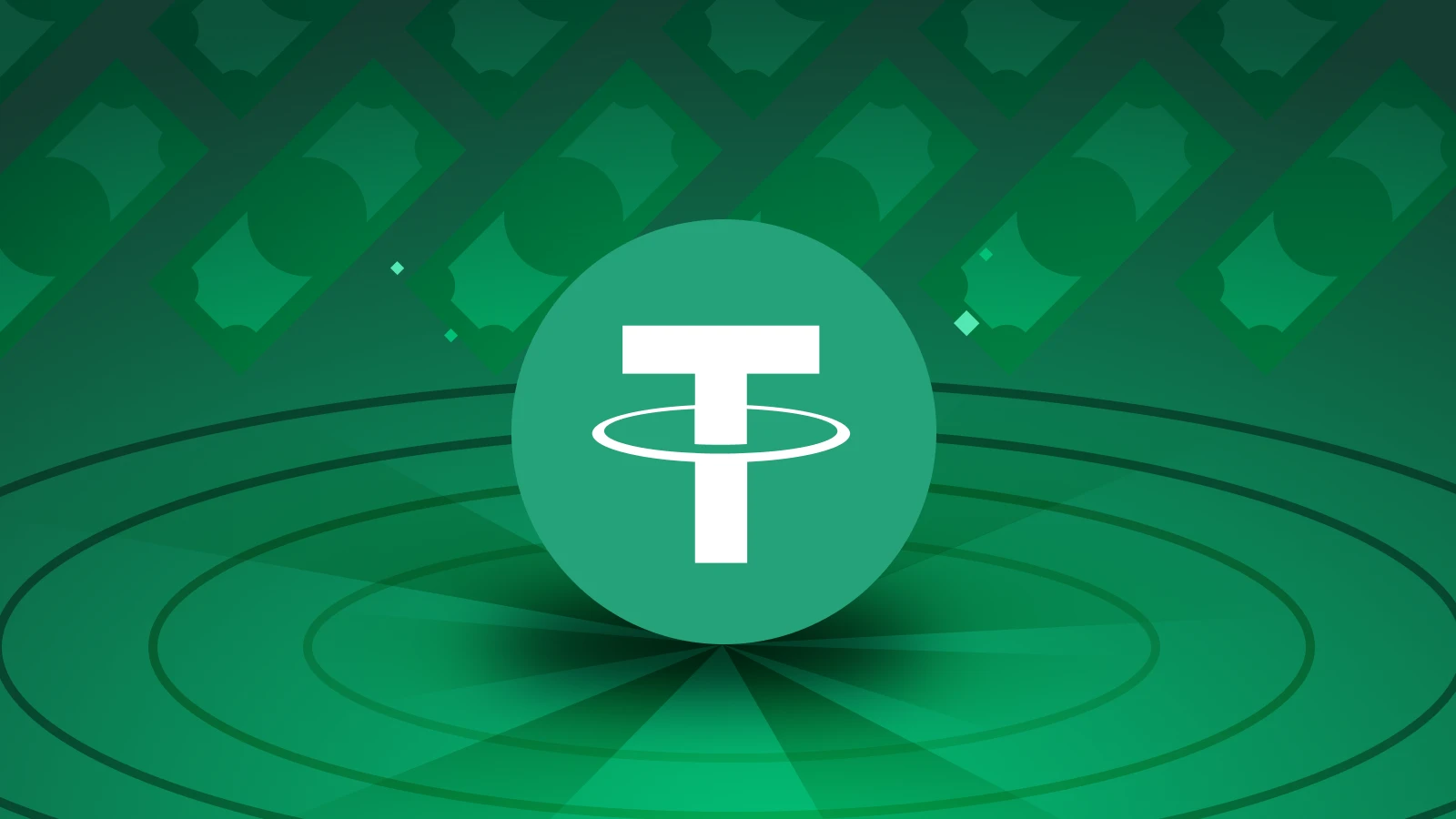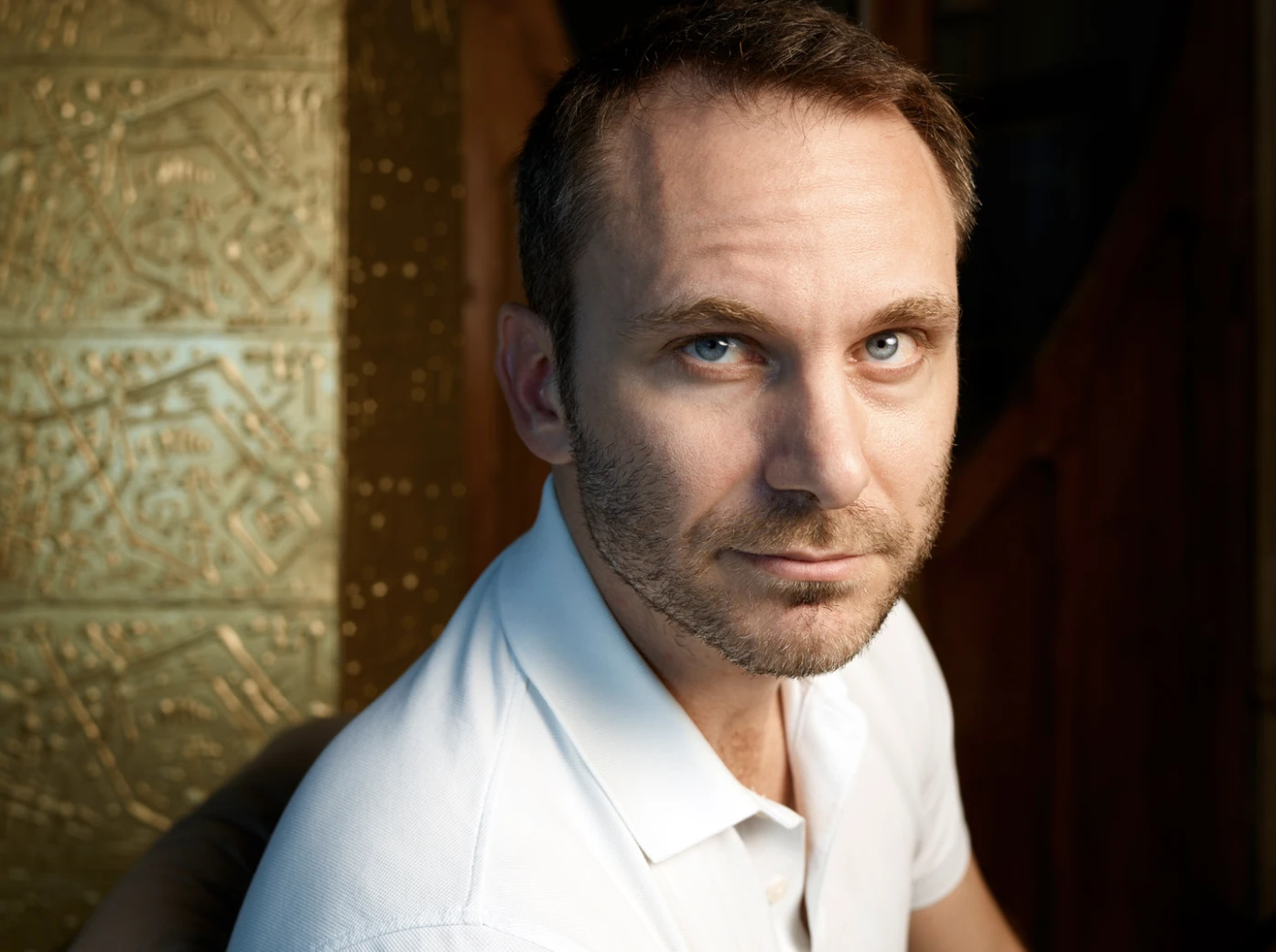Source: Forbes
Compiled by Odaily Planet Daily ( @OdailyChina )
Translated by Azuma ( @azuma_eth )

Tether, the worlds largest stablecoin issuer, is planning to enter the US market and build a decentralized version of its AI model to compete with OpenAI.
Friday was busy as usual for Paolo Ardoino. As the CEO of Tether, a giant stablecoin company with a scale of over $140 billion, Ardoino was interviewed by the media in the Manhattan office of Cantor Fitzgerald, answering reporters questions about the companys expansion plans in the United States. Cantor Fitzgerald, which has been headed by the current US Secretary of Commerce Howard Lutnick for decades, is not only the main custodian of Tethers US Treasury bonds, but also reportedly holds a 5% stake in Tether.

Just weeks into the Trump administration, Ardoino has already flown to Washington to meet with members of Congress and regulators such as the U.S. Commodity Futures Trading Commission (CFTC). As both houses of Congress advance multiple stablecoin-related bills, Tether wants to be involved. Ardoino said: I think our voice must be heard in the process of stablecoin bill making... Our competitors are too small and they cannot represent the actual use cases of stablecoins.
This description is a bit exaggerated, but it is not without reason. Even Circle, Tethers closest competitor, has issued less than half of USDTs stablecoin USDC, about $60 billion. The third-ranked USDS (formerly DAI) is about $8 billion. Tether is undoubtedly the industry leader. Ardoino said that Tether adds 30 million new addresses every quarter. With its first-mover advantage and deep cultivation in emerging markets, Tethers stablecoin has become the financial lifeline of the turbulent cryptocurrency market.
Last year, investments in government bonds in a high-interest environment brought Tether $13 billion in financial results (Tether called it profit in a press release, but it has not been audited). Tether does not pay interest to USDT holders, so most of its income comes from government bond returns. In addition, it also invests in cryptocurrencies, precious metals, corporate bonds and loans. About 82% of Tethers US dollar stablecoin reserves are in cash or short-term government bonds, while its main competitor Circle (planning to go public in the United States later this year) disclosed in a filing with the SEC that its pre-tax profit in 2024 was only $285 million.
Still, El Salvador-based Tether has long been seen as a U.S. regulatory evader. In 2021, it paid a $42.5 million settlement to the CFTC for making misleading statements about its USDT reserves. Ardoino, who is based in Lugano, Switzerland, hopes to reverse that image: “ There are competitors who are trying to push for regulation to kill Tether, and their strategy has always been ‘Tether will never dare to come to the U.S.,’ and now we’re here , and we’re even considering launching a native stablecoin in the U.S. How interesting is that for competitors?”
Ardoino stressed that the new product will not replace USDT, which is designed for emerging markets and where the majority of trading volume occurs on billionaire Justin Sun’s Tron. Instead, the stablecoin will be a parallel product tailored for the highly banked, digitized U.S. economy. “You can’t make something that’s similar or even inferior to PayPal, Zelle or CashApp,” Ardoino admitted. “We need time to dig into the market, but we already have some ideas for building a great digital payment product.”
Last month, Tether also hired a CFO to move forward with a comprehensive financial audit that has been delayed for years, and the company said it was in talks with one of the Big Four accounting firms.
Italian-born Ardoino scoffed at stablecoin upstarts chasing institutional clients, saying “institutions will betray you for the sake of 0.01% basis points.”
At the same time, Ardoino also disdained the industrys pursuit of interest-bearing stablecoins, which pay interest to depositors like money market funds, but Ardoino bluntly said that this is a bad idea. First, they may be considered securities; second, it will lead to vicious competition - if you return all the returns, you cant make a profit, and if you say I only keep 1%, others will say then I only keep 0.01%.
Currently, none of the stablecoin bills under consideration by Congress include interest-bearing stablecoins, likely out of concern that they would compete with banks and other traditional financial institutions that offer savings accounts and money funds.
Ardoino admitted that Americans can certainly complain that USDT does not pay interest, but in places like Argentina where fiat currencies can fluctuate by 10% in a single day, a 4% annualized return is insignificant. They dont care about interest, they just want a reliable product. The problem is that most competitors only look at the present and cant even find the location of Africa on the map.
However, Ardoino has a different view on another potential competitor - World Liberty Finance, a crypto company controlled by the Trump family, recently announced the launch of the stablecoin USD1 . Ardoino said: I like USD1 very much and admire the World Liberty Finance team. I have told them that I am happy to cooperate.
Ardoino disclosed that he had met with a co-founder of World Liberty Finance but said that investments had not been discussed and that he had not reached out to members of the Trump family — at least not yet.
Although Tether’s U.S. stablecoin plans are still in the early stages, it is actively expanding into the field of artificial intelligence. Ardoino revealed that the company plans to launch its own AI platform in June (or September) as a peer-to-peer alternative to models such as OpenAI.
“Our platform gives you full control over your data, with all AI reasoning and complex logic running locally on your device — whether it’s a $30 smartphone, iPhone, Android phone, or laptop — and can directly connect to other devices for computing power,” Ardoino said. “This is a way to protect the sovereignty of your data without having to share it with platforms like ChatGPT.”
Ardoino particularly emphasized the concept of decentralization in the crypto field: Centralization is fragile. Companies like OpenAI will eventually disappear because they are just money-burning businesses that survive by exploiting user data.
Tethers vision is just the opposite - to foster a billion vertical AI models rather than one all-purpose model. Ardoino mentioned that Tether hopes that everyone can create models that focus on specific areas, whether they are students, universities or small businesses. The platform will be free to use, but each AI agent will eventually have a built-in USDT wallet.
Tether has currently hired about 60 developers (a third of its total employees) to build the system with self-funded funds. To support AI expansion, Tether has also invested in venture capital funds, which Ardoino said has reached about $10 billion, making it one of the largest funds in the crypto industry. These investments may help win support from portfolio companies for its new business . It is estimated that between 2023 and 2024, Tether has invested more than $1 billion in German listed data center operator Northern Data through multiple transactions.
Ardoino concluded: “I want Tether to be known not just as a stablecoin, but as a technology innovator — one that creates net positive value for the world.”
Related Reading
Circle IPO may be delayed. What is the valuation of the “first stablecoin stock”?










